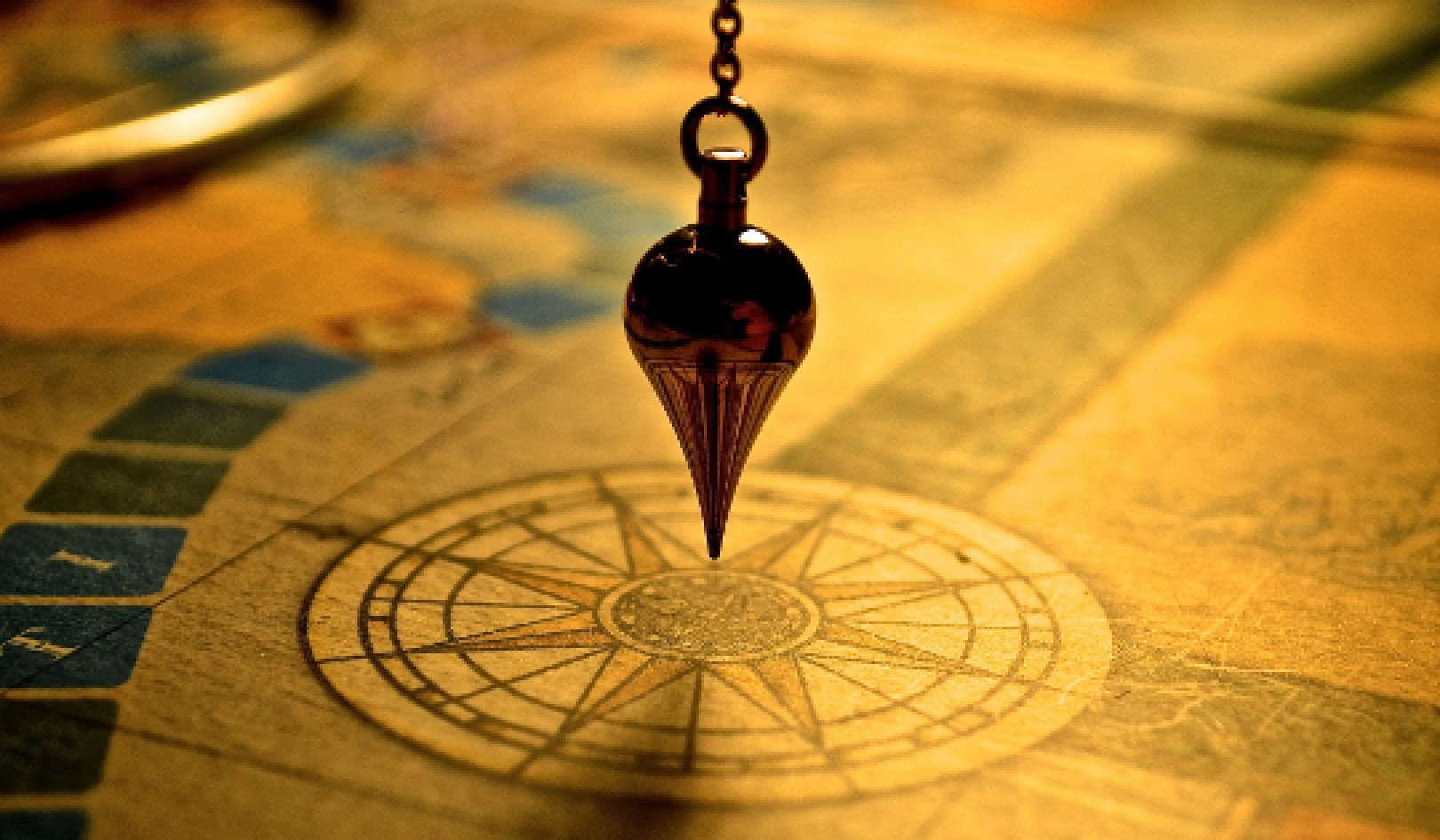
AI-generated photo
As humans, we tend to see things in extremes. We think in black, white, hot, cold, simple, and complex. However, most things in life are not so cut and dried. They fall somewhere in between the extremes. This way of thinking can hold us back from achieving our goals, causing us to either shy away from challenges or attempt things that are too complex.
It's easy to fall into the trap of thinking that things are either one way or the other. We might assume that a relationship is either good or bad, with no gray area. But the truth is that most things are somewhere in between.
When we see complex things as too simple, when we go barreling into the proverbial bee nest, or when we attempt things that are too complex, we can also hold ourselves back as we lose our confidence. On the other hand, we might be afraid to take on a project that we perceive as too complex, even if it's something we're passionate about. But by doing so, we miss out on opportunities for growth and learning.
Breaking Free From Our Behavioral Cycle
So how can we break free from this cycle of extreme thinking? The key is to learn to see the gray areas in life. This means recognizing that most things are not so simple or so complex. It means being willing to take on challenges just outside our comfort zone but not so far outside that they are impossible. It means seeing the nuances in relationships and understanding that they are rarely all good or all bad.
I will use an example of fixing my car. We felt it was time to look for a new car during the pandemic. Our Jeep was getting along in years. After visiting several dealers, they were apparently charging $3000 to $10,000 over retail. Used cars were, in some cases costing nearly as much as new. Wow!
Well, let's fix our old Jeep. It needed new brakes. Best estimate is $1,500. Damn! The car is only worth $2,000 in good repair. So I watched about ten videos on YouTube, ordered the parts on Amazon, and dug in. I am somewhat handy but not at repairing a car. Yes, I made some mistakes and had to redo things, and it took me about three times as long. But I went slow, and I successfully replaced all the calipers, rotors, and pads. The final cost was about $450.
I have gone on to fix a bad power steering pump. They wanted $1200 to fix it. I ordered one used with all the necessary parts delivered from halfway across the country for $60. I completed the task in about 30 minutes. I also fixed a nagging transmission problem that was causing the car to go into limp mode. Now the Jeep had no transmission dipstick as it was recommended to be only checked by the dealer. The dealer wanted $150 just to look at it. I bought a universal dipstick for $20 and a quart of transmission oil, and the problem was fixed. I have fixed other nagging issues on the car, mainly related to sensor problems by buying a good error code reader for about $130 to serve my friends and me.
I sound like I know what I am doing. Not really. I didn't know diddly-squat when I started. It was all there on Youtube, with many people helping me learn and have confidence. And keep in mind this idea can apply to almost anything in life.
Using Mindfulness Meditation Training
Mindfulness training teaches us to be present in the moment and to observe our thoughts without judgment. Through this practice, we can see life's gray areas more clearly. We can recognize when we are thinking in extremes and learn to shift our perspective to a more balanced view.
Mindfulness meditation training is a practice that involves focusing one's attention on the present moment without judgment while allowing thoughts and emotions to come and go without attachment. The practice is typically done by sitting in a quiet place, focusing on the breath or another anchor point, and redirecting the mind's attention to the present moment whenever it wanders.
Mindfulness can be related to learning to work on repairing a car in several ways. First, it can help develop a sense of present-moment awareness, which is essential for identifying problems and making effective repairs. By focusing on the task at hand, one can notice subtle details about the car's behavior or the state of its components that might be missed otherwise. This heightened awareness can lead to more accurate diagnoses and more effective repairs. And avoid mistakes or injuries.
Additionally, mindfulness can help to manage stress and anxiety, which can be particularly relevant when attempting something new or challenging. And this can make the experience more enjoyable and improve the repair's quality, as it is less likely to be rushed or compromised by stress-induced mistakes.
Finally, mindfulness can help to cultivate a sense of patience and persistence which are essential qualities. Fixing a car as well as learning other new skiils can be time-consuming and frustrating. By practicing mindfulness, one can learn to stay focused on the present moment rather than getting lost in thoughts of past mistakes or future worries. This can help to approach the task with greater determination and persistence, even when progress is slow, or setbacks occur.
Using Exposure Therapy
Another way to develop confidence is through exposure therapy. This technique is used to treat anxiety disorders, but it can also help overcome extreme thinking. Exposure therapy involves gradually exposing oneself to what one fears in a controlled and safe environment. Over time, this exposure can help desensitize us to the fear, allowing us to see the situation in a more balanced way.
In exposure therapy, we are gradually exposed to what we fear, starting with less threatening situations and gradually moving to more challenging problems. Through repeated exposure, we can learn that we can cope with anxiety and discomfort and that the feared outcome is unlikely to occur. This leads to a reduction in pressure and an increase in confidence and self-efficacy. It helps us confront our fears and develop new, more adaptive ways of responding to them.
Let's consider how exposure therapy might be related to learning to repair a car. Suppose someone has always been afraid of working on cars because they are worried about damaging the vehicle or not knowing what to do. This fear has held them back from attempting any car repairs, even small ones, and they feel limited by their lack of knowledge.
We can begin with small tasks, such as changing the oil or replacing a headlight. We then might feel comfortable enough to move on to changing a tire. As we become more comfortable with these tasks, we can gradually move on to more complex repairs, such as changing the brakes or replacing a part of the engine.
Through repeated exposure to working on cars, we would learn that we could tackle more complex repairs and that our fears were unfounded. This discovery and new confidence can spill over into other areas of our life.
Finally, it's essential to be open to learning and to growth. When we are willing to learn from our experiences, we can begin to see the gray areas more clearly. We can recognize when we have been thinking in extremes and adjust our thinking accordingly. We can see our successes and failures as opportunities for growth and development.
Remember, nothing is as simple or as complex as it seems. Most things in life fall somewhere in between these two extremes. When we learn to see the gray areas in life, we can break free from the cycle of extreme thinking that holds us back. We can take on challenges just outside of our comfort zone without attempting too complex things. We can navigate relationships with more nuance, understanding that they are rarely all good or all bad. We can develop a more balanced perspective to supercharge our life through mindfulness, gradual exposure to things outside our comfort zone, and a willingness to learn and grow.
About the Author
 Robert Jennings is co-publisher of InnerSelf.com with his wife Marie T Russell. He attended the University of Florida, Southern Technical Institute, and the University of Central Florida with studies in real estate, urban development, finance, architectural engineering, and elementary education. He was a member of the US Marine Corps and The US Army having commanded a field artillery battery in Germany. He worked in real estate finance, construction and development for 25 years before starting InnerSelf.com in 1996.
Robert Jennings is co-publisher of InnerSelf.com with his wife Marie T Russell. He attended the University of Florida, Southern Technical Institute, and the University of Central Florida with studies in real estate, urban development, finance, architectural engineering, and elementary education. He was a member of the US Marine Corps and The US Army having commanded a field artillery battery in Germany. He worked in real estate finance, construction and development for 25 years before starting InnerSelf.com in 1996.
InnerSelf is dedicated to sharing information that allows people to make educated and insightful choices in their personal life, for the good of the commons, and for the well-being of the planet. InnerSelf Magazine is in its 30+year of publication in either print (1984-1995) or online as InnerSelf.com. Please support our work.
Creative Commons 4.0
This article is licensed under a Creative Commons Attribution-Share Alike 4.0 License. Attribute the author Robert Jennings, InnerSelf.com. Link back to the article This article originally appeared on InnerSelf.com
Books on Improving Performance from Amazon's Best Sellers list
"Peak: Secrets from the New Science of Expertise"
by Anders Ericsson and Robert Pool
In this book, the authors draw on their research in the field of expertise to provide insights into how anyone can improve their performance in any area of life. The book offers practical strategies for developing skills and achieving mastery, with a focus on deliberate practice and feedback.
Click for more info or to order
"Atomic Habits: An Easy & Proven Way to Build Good Habits & Break Bad Ones"
by James Clear
This book offers practical strategies for building good habits and breaking bad ones, with a focus on small changes that can lead to big results. The book draws on scientific research and real-world examples to provide actionable advice for anyone looking to improve their habits and achieve success.
Click for more info or to order
"Mindset: The New Psychology of Success"
by Carol S. Dweck
In this book, Carol Dweck explores the concept of mindset and how it can impact our performance and success in life. The book offers insights into the difference between a fixed mindset and a growth mindset, and provides practical strategies for developing a growth mindset and achieving greater success.
Click for more info or to order
"The Power of Habit: Why We Do What We Do in Life and Business"
by Charles Duhigg
In this book, Charles Duhigg explores the science behind habit formation and how it can be used to improve our performance in all areas of life. The book offers practical strategies for developing good habits, breaking bad ones, and creating lasting change.
Click for more info or to order
"Smarter Faster Better: The Secrets of Being Productive in Life and Business"
by Charles Duhigg
In this book, Charles Duhigg explores the science of productivity and how it can be used to improve our performance in all areas of life. The book draws on real-world examples and research to provide practical advice for achieving greater productivity and success.
Click for more info or to order




























